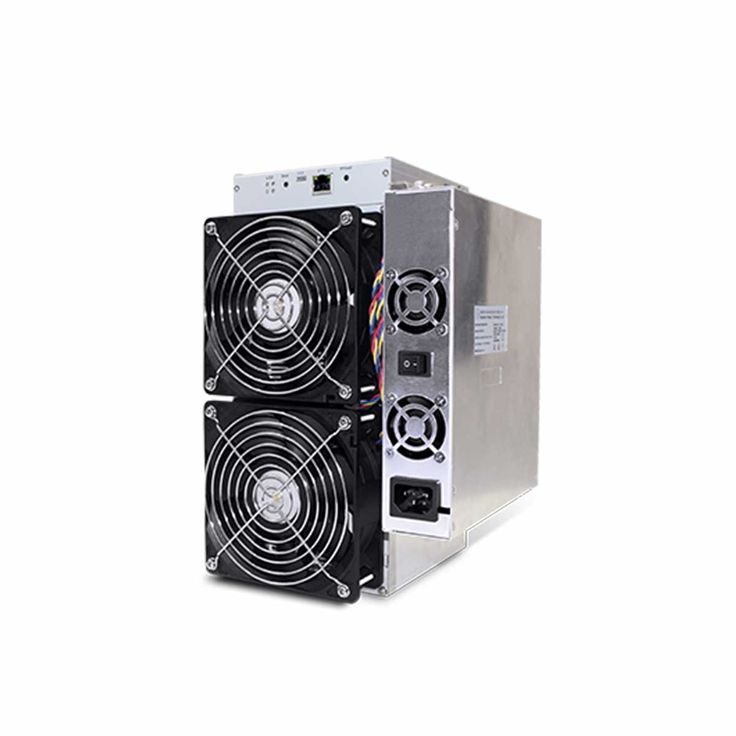The method of earning Bitcoins (BTC) in exchange for conducting the verification procedure that validates Bitcoin transactions is known as mining. These transactions ensure the Bitcoin network’s security, and miners are rewarded with Bitcoins as a result.
Several elements go into determining if Bitcoin mining is lucrative. The cost of electricity to power the mining machinery, the availability and pricing of machines, and the complexity of mining are all factors to consider.
The difficulty of a Bitcoin validation transaction is measured in hashes per second. Because the network is structured to produce a particular number of bitcoins every 10 minutes, the hash rate reflects the rate at which the challenge is solved—the difficulty changes as additional miners join. As more miners enter the market, the difficulty rises to maintain the same number of bitcoins created.
Components of Bitcoin mining
When mining a cryptocurrency, you must consider the liabilities that may reduce your income, such as the price of bitcoin, the cost of electricity, maintenance fees, and the cost of your mining equipment, as well as how long it will be able to withstand increasingly powerful miners. Your once-powerful machine may not be able to keep up as more powerful devices enter the market.
Profitability calculators, like those found on Nicehash, can help you figure out whether your business will make or lose money. Let’s pretend you don’t have access to a hydroelectric dam and instead rely on the U.S. electricity grid’s average residential rate of $0.1411 per kilowatt-hour.
According to Nicehash, mining BTC with one of Nvidia’s latest graphics cards, such as the RTX 3080, will net you $139 per month in bitcoin. The RTX 3080 costs around $1,400 as of January 2022.


Nicehash estimates that if you use a custom-built AntMiner S19 Pro, you may expect to make $17.79 per day. A single S19 Pro miner, on the other hand, costs around $10,000 and is exclusively good for bitcoin mining. Electricity expenditures account for over half of the Antminer 19 Pro’s earnings.


Is home mining still profitable?
Because Bitcoin’s price fluctuates so often, it’s impossible to say whether you’ll be able to recoup your investment in an RTX 3080 graphics card in 10 months or 25 months for the S19 Pro rig.
It used to be incredibly simple to mine bitcoin from home more than a decade ago. You could mine so much bitcoin with just a few gaming machines, or by quietly tapping into your school or office’s infrastructure, that you’d be set for life.
Before the introduction of new BTC mining software in 2013, most mining was done on personal computers. However, the introduction of application-specific integrated circuit (ASIC) chips increased the capability of earlier personal computers by up to 100 billion times, making the usage of personal computers to mine bitcoins wasteful and obsolete.
Though Bitcoin mining using older gear is technically conceivable, it is clear that it is not a profitable endeavor.
Participating in a BTC mining pool is another option if you want to increase your chances of earning mining rewards. This entails banding together with other miners to enhance your chances of finding new blocks and profiting – but it also means splitting the profits.
BTC mining, according to a study, is a highly concentrated enterprise, with ten% of bitcoin miners holding 90% of the network’s mining capacity. Another finding from the study is much more telling: 50% of the network’s mining capacity is owned by 0.1 percent of all miners. This means that bitcoin’s network benefits are dispersed unevenly. When you sign up to mine on your own, keep in mind that you’ll be battling against established enterprises with massive capacity (in the megawatts) at their disposal.
Finally, if you lack processing power at home, consider cloud mining and analyze the benefits and drawbacks of outsourcing your hardware requirements.





